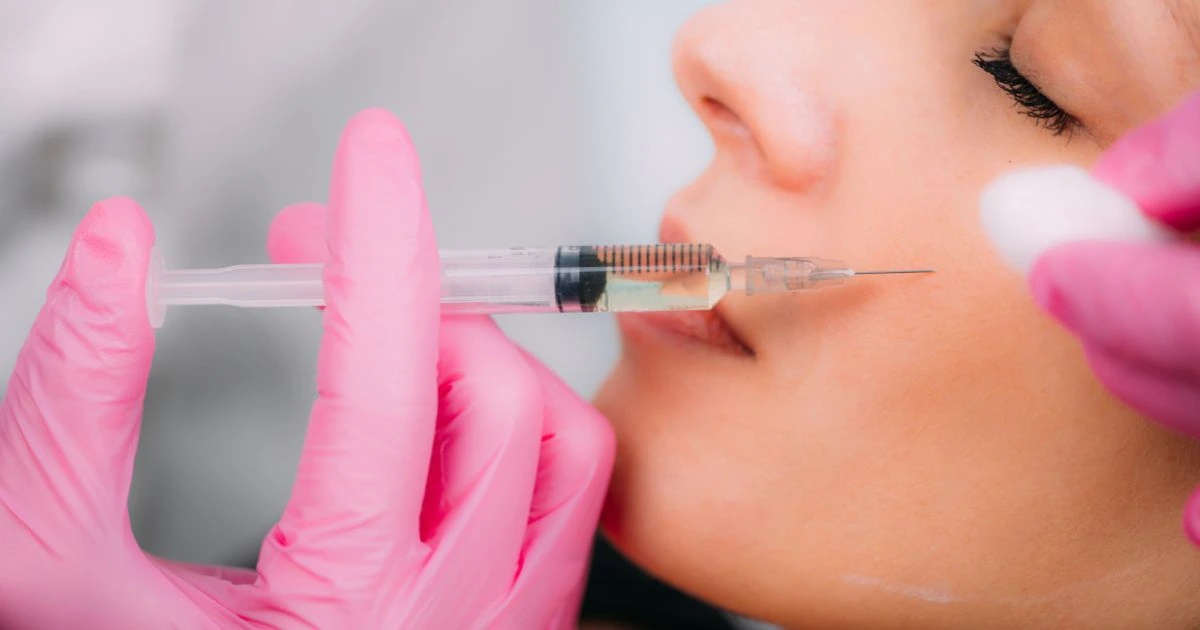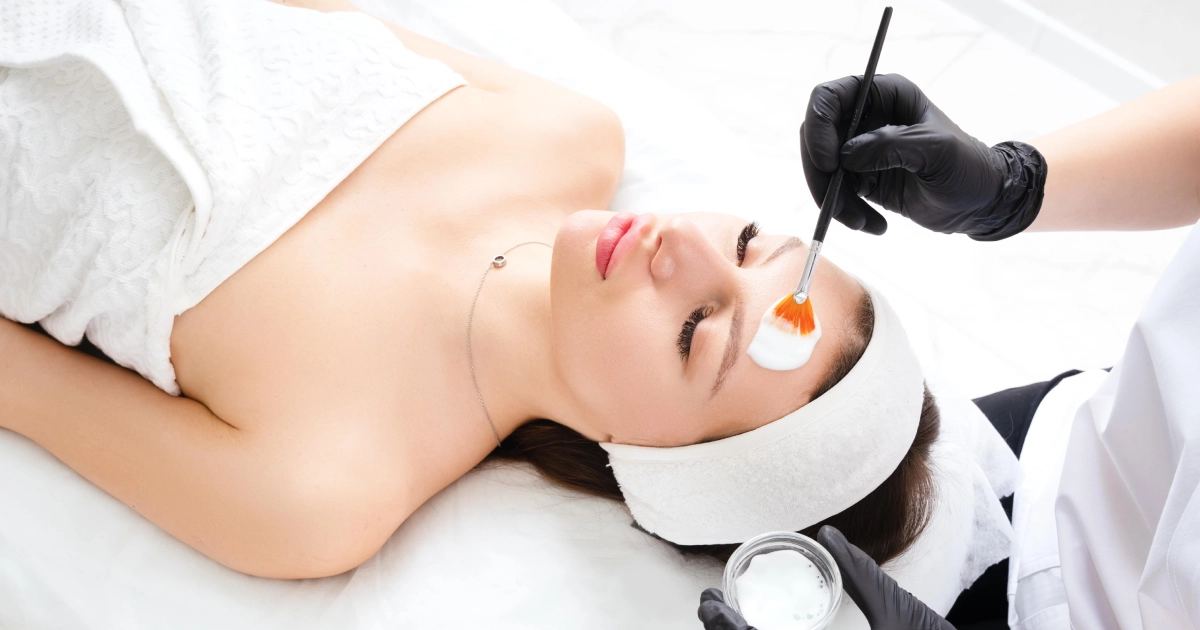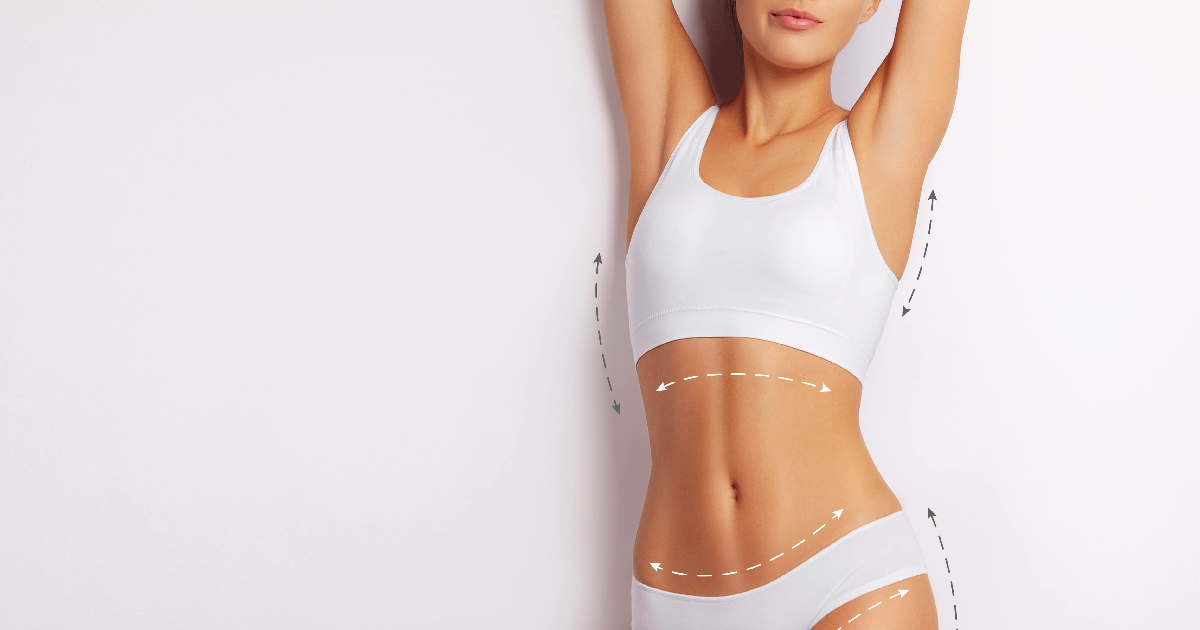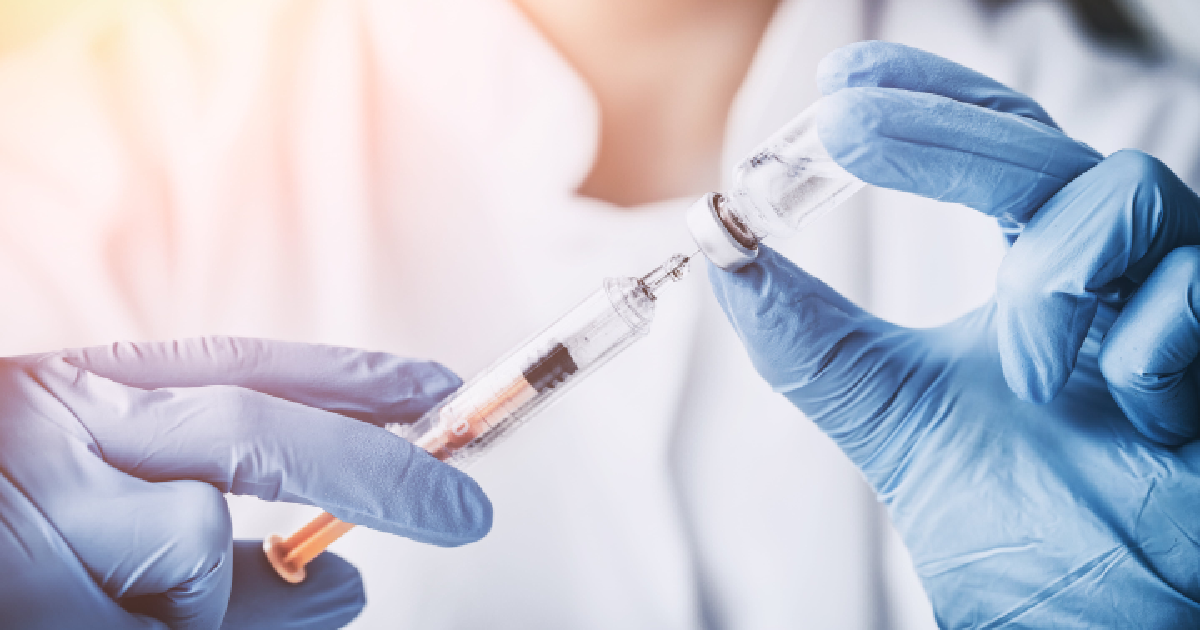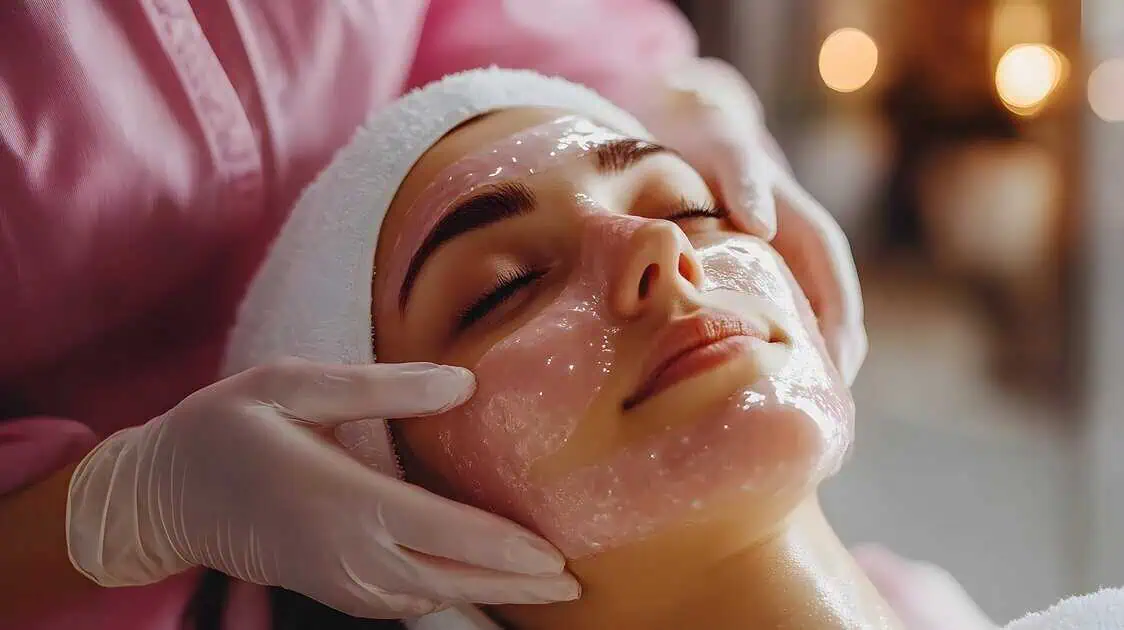Table of Contents
Modern aesthetic medicine is more competitive than ever. Clients expect precise outcomes from neuromodulators, dermal fillers, and collagen stimulators such as Sculptra.
Providers who wish to satisfy that expectation must move beyond webinars and textbook lessons toward deliberate practice on real tissue under the supervision of seasoned mentors. That is the very heart of Injection Training: developing judgment, dexterity, and confidence through live experience.
Below you will find a comprehensive look at why personal, in-person instruction matters, how it strengthens clinical and business performance, and what to look for when selecting a program.
Why Theory Alone Falls Short
An online module can list facial arteries, but it cannot show how an individual’s vessels shift when they smile. A slide deck can outline rheological properties of fillers, yet it cannot let you feel product resistance through a cannula.
Real proficiency develops when classroom facts meet living faces. During a hands-on injection workshop, students:
- Palpate the depth and firmness of various tissue layers
- Observe how skin tone, fat pads, and muscle tone alter landmark location
- Refine needle angles by listening to immediate feedback from instructors and models
That tactile memory creates muscle patterns impossible to replicate in virtual settings.
Main Benefits of Hands-On Training for Injectors
Immediate Feedback Accelerates Skill Growth
Performing injections beside a mentor shortens the learning curve. Crucial benefits of injection training include:
- Real-time correction – an instructor stops you before the product travels off-plane or while aspirating too quickly.
- Objective self-assessment – before-and-after photographs taken in the same lighting reveal subtle asymmetries that might have gone unnoticed.
- Confidence building – repetition under supervision calms nerves faster than solo practice.
Because mistakes can be flagged the moment they occur, bad habits never take root.
Mastery of Advanced Injection Techniques
Today’s cosmetic consumers pursue sculpted cheeks, crisp jawlines, and non-surgical gluteal enhancement. Each goal calls for distinct approaches:
| Clinical Goal | Technique Highlights | Key Considerations |
| Mid-face lift | Retrograde threading with hyaluronic acid filler; deep periosteal bolus | Avoid the infraorbital foramen; consider the lidocaine effect on swelling |
| Jaw contouring | Dual-plane fanning and cannula passes | Watch marginal mandibular nerve trajectory |
| Sculptra BBL Training | Cross-hatch deposition of poly-L-lactic acid in subcutaneous layer | Precise dilution, vigorous massage protocol |
Practitioners who invest in formal, practical courses expand their treatment menu responsibly without compromising safety.
Complication Prevention & Rapid Response
No injector intends to cause vascular occlusion or nodularity, yet rare events do occur. A high-quality medical aesthetics education program rehearses:
- Cannula vs. needle decisions in high-risk zones
- Early detection of arterial compromise (blanching, immediate pain)
- Protocol for hyaluronidase dosage and distribution
- Communication scripts that calm the client while action is taken
Knowing what to do—and having physically done it in a controlled setting—transforms anxiety into readiness.
Proof of Competence: Aesthetic Injector Certification
Clinics, insurers, and state medical boards increasingly value formal credentials. An accredited certificate signals that the clinician:
- Completed didactic coursework, a written exam, and supervised practical hours
- Demonstrated sterile technique, product reconstitution accuracy, and safe storage
- Understands record-keeping standards and informed-consent nuances
Certification also supports marketing claims; savvy clients seek providers who can display recognized seals of completion.
Business Impact of Training
While hands-on instruction improves safety, it also affects revenue:
- Reduced revision rates – satisfied patients return sooner for maintenance rather than correction, increasing lifetime value.
- Broader service mix – adding fillers, Sculptra, and biostimulators drives cross-selling.
- Professional reputation – word-of-mouth spreads faster when results look natural on the first attempt.
Investment in education becomes a direct driver of profitability rather than a cost center.
Choosing the Right Course
When evaluating programs, compare:
- Faculty experience – Are instructors active injectors who treat patients weekly?
- Student-to-teacher ratio – Ideally 3-to-1 or lower for maximal supervision.
- Live model variety – Different ages, skin types, and structural features challenge learners to adapt.
- Post-course mentorship – Access to discussion boards or case-review sessions extends growth beyond the classroom.
- Legal compliance – Confirm that content conforms to state scope-of-practice laws for RN, NP, PA, or MD attendees.
Building a Culture of Ongoing Development
Ongoing professional development isn’t just for beginners. Even experienced injectors benefit from structured opportunities to refine their skills.
Clinics that foster a growth-focused environment not only improve patient outcomes but also strengthen internal collaboration and trust. One way to encourage continual learning is by scheduling quarterly anatomy refreshers. This step involves cadaver labs, live seminars, or interactive 3D software platforms.
Revisiting anatomical foundations helps providers stay aligned with evolving safety protocols and refreshes critical knowledge that can erode over time.
Hosting peer-review lunches or informal case study discussions can also create space for collaborative problem-solving. These sessions encourage providers to bring forward difficult cases or complications and receive constructive feedback from colleagues, reducing isolation while promoting consistency in decision-making.
Reading industry journals, subscribing to clinical newsletters, and attending aesthetic conferences further help injectors remain current with emerging techniques and product innovations.
When clinics support publishing efforts, such as writing case reports or presenting at events, they demonstrate a serious commitment to professional contribution and evidence-based practice.
Action Plan for Prospective Injectors
- Audit current competency – List treatments you perform confidently and complications encountered in the past year.
- Define learning objectives – For example, “master hyper-dilute Sculptra for décolletage.”
- Select a course – Compare program length, faculty, and live-model volume.
- Prepare prerequisites – Ensure basic anatomy review, BLS certification, and proof of licensure are up to date.
- Practice immediately after completion – Integrate new skills within one week to cement memory.
- Seek mentorship – Maintain contact with instructors to review the first ten independent cases.
Following these steps transforms a single workshop into lasting clinical improvement.
Spotlight: The Better Body Shop Injection Training In Houston, TX
Practitioners seeking a focused, skill-building experience can book private or group instruction at The Better Body Shop, led by owner and lead injector Ebony Walker, NP. Highlights include:
- Audience – Medically licensed professionals with at least six to twelve months of injection history and prior dermal filler training. Experience with Sculptra is welcome but not mandatory.
- Curriculum – Concentrated Sculptra BBL Training, plus refreshers on facial biostimulation, dilution calculations, and post-procedure massage.
- Format – One-on-one or small cohorts ensure that every participant places product under Ebony’s direct guidance, receiving immediate tips on depth, fan pattern, and injection speed.
- Outcome – Graduates return to their clinics equipped with refined techniques that help them provide an upgraded cosmetic experience to their patients.
Elevate Your Practice Today – Book your appointment!
Frequently Asked Questions
How many models should I inject during a typical hands-on injection workshop?
Aim for at least three anatomical regions across multiple patients to appreciate variance. These may include cheeks, lips, chin or buttocks.
Will certificate completion lower my malpractice premium?
Insurers assess many factors, yet documented aesthetic injector certification may qualify you for discounted rates or fewer underwriting questions.
I already inject daily—why add another course?
Patterns set in an early career may drift. Periodic instruction recalibrates techniques, introduces new products, and confirms adherence to current guidelines.


